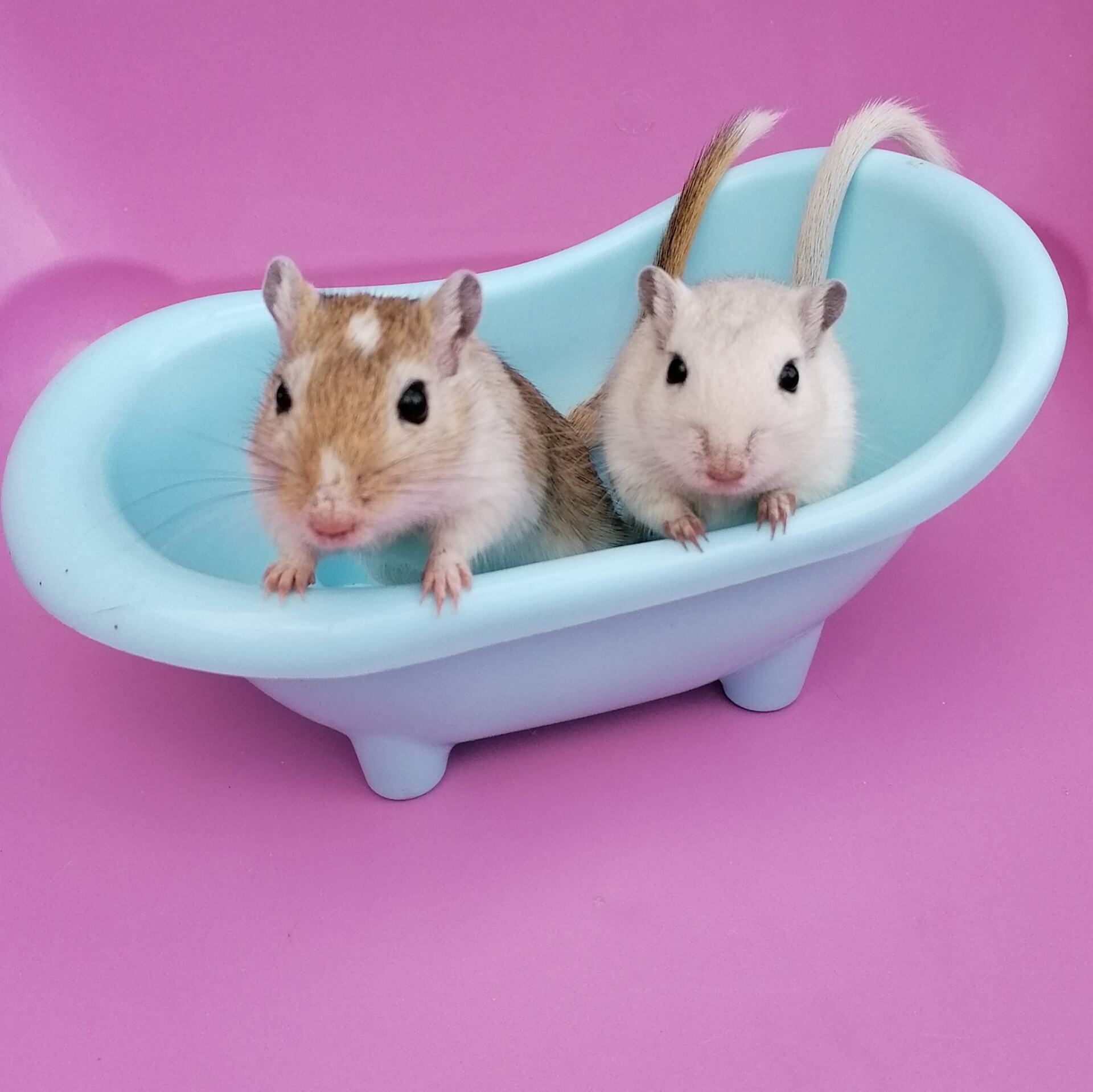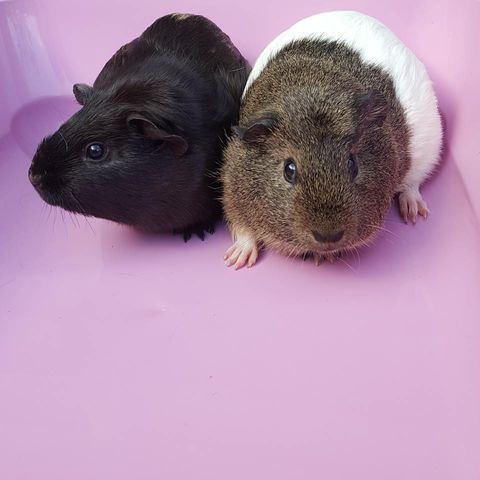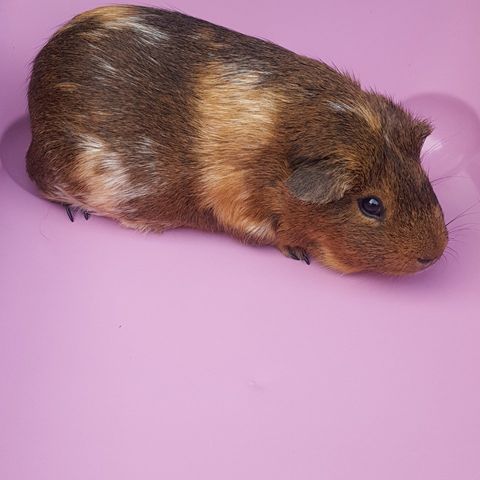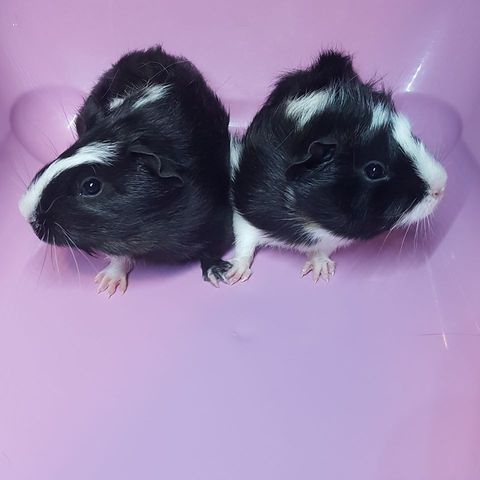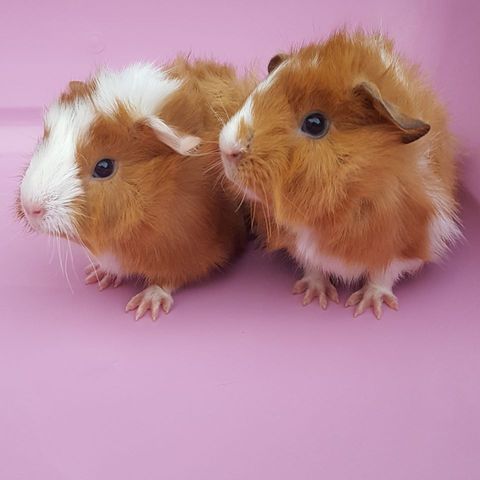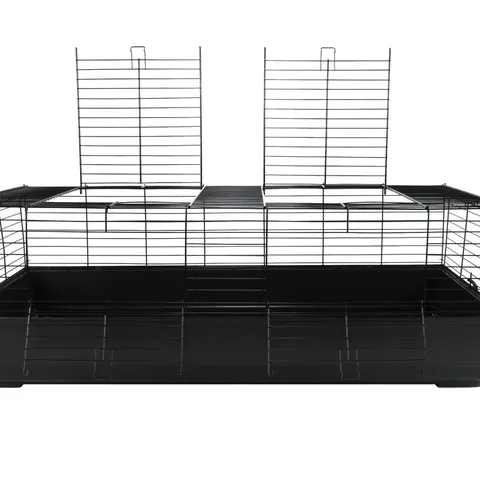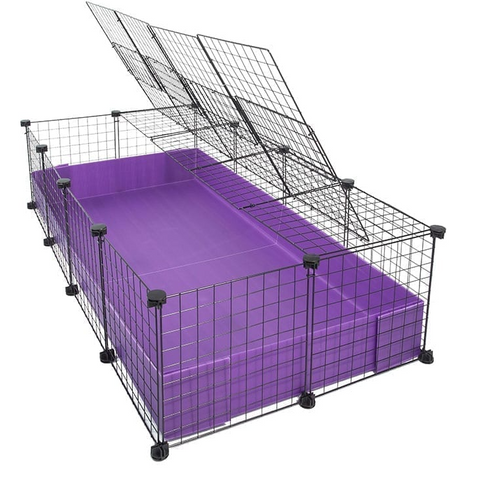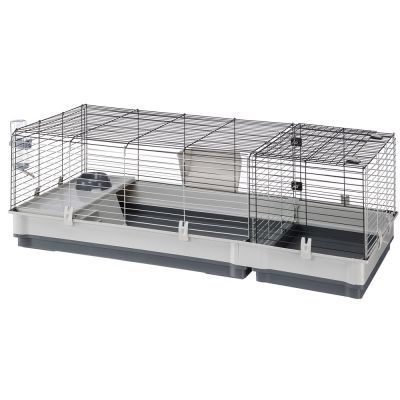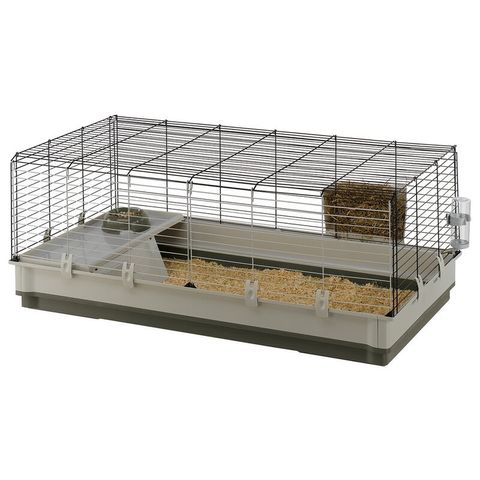Guinea pig care
Suitable guinea pig homes
Minimum size - 140cm x 60cm for a pair of female guinea pigs. Males often need more space to prevent arguments.
We recommend keeping guinea pigs inside but also providing them with outside access if possible, via a run. Although guinea pigs can live in hutches outside, they don't cope well with sudden changes in the weather and the winter months are often too cold for guinea pigs.
Below are some cages we do recommend for guinea pigs.
Substrate and Bedding
Here, we use newspaper covering the base, megazorb to absorb any urine and then hay for them to nest in. However, may people use various different substrates or even fleece blankets. Whatever you choose, make sure you have something to absorb the urine as guinea pigs do urinate quite a bit! They also must have a constant supply of fresh hay.
Feeding
Guinea pigs need access to a suitable dried food with added vitamin C. Most pet shops sell suitable guinea pig food. We tend to avoid musli types and opt for the nugget style foods. They also require a constant supply of fresh hay and vegetables. We vary the vegetables each day. We find that broccoli, peppers, carrots, kale, spinach and greens are all firm favourites for our guinea pigs.
Guinea pigs can also eat grass. This can either be while in a run, eating naturally or you can pick fresh grass for them. Never give guinea pigs grass that has been cut in a lawnmower.
Toys and enrichment
There are lots of toys sold for guinea pigs, but in our experience, guinea pigs rarely play with toys. We prefer to give them things to chew such as willow balls or fruit tree branches. We also try to enrich them when feeding. Handing vegetables or hiding food in boxes etc can provide lots of fun.
Guinea pigs living together
Female guinea pigs tend to be fairly easy to introduce to one another and can often live in large groups with no issues. Males can live together but there is more chance of them arguing. Having said that, it is still possible to introduce adult males together.
A neutered male with one or more female works very well, as does groups of females without a neutered male. With males, we tend to only advise keeping them in pairs as this limits arguments. Groups of males tend to be the least stable grouping of guinea pigs.
Introducing guinea pigs together
When introducing guinea pigs together, we also advise doing this in a neutral space, somewhere they can interact but also hide if needed and with lots of distractions such as tasty food scattered. We always add in a large tube that they can hide in if needed, but that they can also get out of easily.
Females usually bond very quickly but males may take several attempts. In some cases, mainly males, guinea pigs won't accept company. In this situations, we advise having the male castrated so he can live with females. I've never known a neutered male and female pairing to not be successful.
